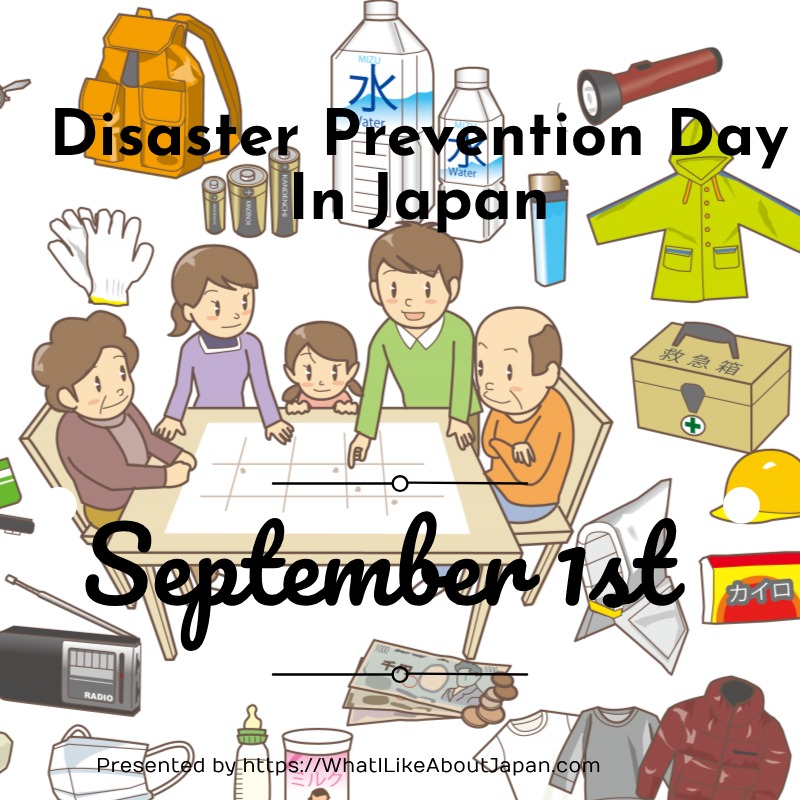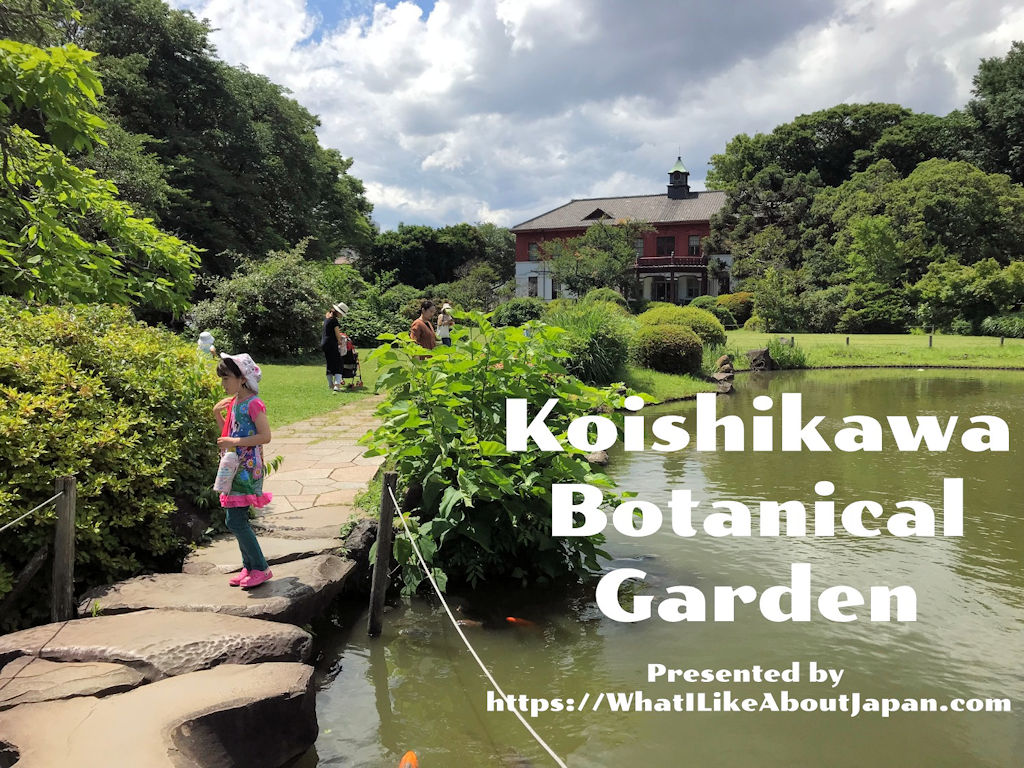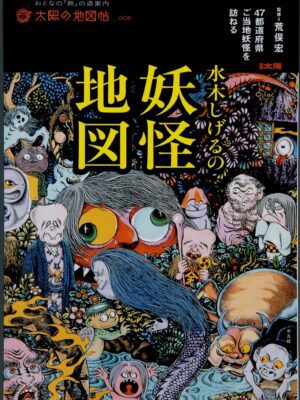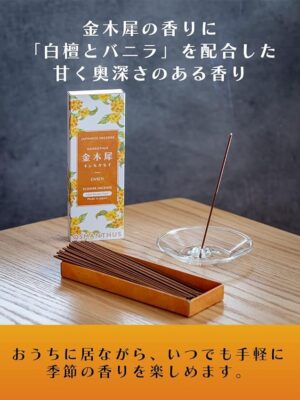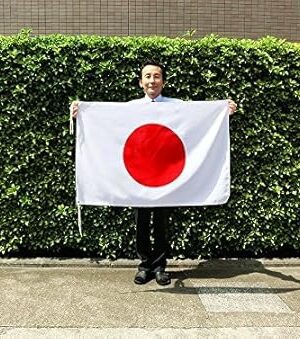Intro to Shinjuku Gyoen National Garden
Near the heart of Tokyo’s metropolitan government is a grand Japanese style park and garden. Shinjuku Gyoen National Garden is an emerald oasis amongst towers of steel and a city of concrete. It is a wide open park with a large open pond, woods, and flowers blossoming all year long. Come enjoy this National Garden of Japan near the heart of its Capital.
Information About Shinjuku Gyoen National Garden
-
Address:
11 Naito-machi, Shinjuku-ku
-
Contact:
03-3350-0150
-
Open hours:
9am – 4:30pm (entry until 4:00pm)
-
Closed:
Mondays (the following weekday if it alls on a public/substitute holiday). Dec. 29 – Jan. 3
-
Entrance fee:
Adult ¥200 < /br> Elementary and junior high school students ¥50 < /br> Infants Free of charge
Flower Calendar of Shinjuku Gyoen National Garden
- Jan. – Feb. : Camellia, Japanese apricot, Amur adonis, Paper white narcissus
- Mar. – Apr. : Someiyoshino, Yae-zakura cherry, Azalea, Ornamental peach tree, White magnolia, Flowering quince
- May – Jun. : Satsuki azalea, Hydrangea, Tulip poplar, Magnolia obovata, Rose
- Jul. – Aug. : Crape myrtle, Oleander, Rose of Sharon, African lily
- Sep. – Oct. : Japanese silver grass, Orange osmanthus, Autumn rose, Red spider lily, Autumn cherry
- Nov. – Dec. : Chrysanthemum, Sasanqua, Leopard plant, Camellia hiemalis
Background and History of Shinjuku Gyoen National Garden
The history of the garden begins when the Naito clan, the Taranto domain lord Shinsuna, built a feudal lord suburban residence on the land, received from Ieyasu Tokugawa. During the Meiji period, the Naito Shinjuku Experimental Station was established in order to promote modern agriculture in Japan. The garden then became Shinjuku Gyoen Botanical Garden belonging to the Ministry of the Imperial Household. The garden officially became the first imperial garden in 1906. After World War II the garden was opened to the public and continues to exist as a National Park to the present day.
Features and Sights to See at Shinjuku Gyoen National Garden
The Gardens
You can enjoy a variety of gardens: the Landscape Garden has a vast lawn dotted by gigantic trees such as tulip trees and Sycamores, the Formal Garden has rose gardens at its center and rows of Sycamore trees on both sides, and the Japanese Traditional Garden is a stroll garden. With an area of 58.3 ha and a circumference of 3.5 km, and is a masterpiece amongst the few landscape gardens in Japan. The garden has approximately 10,000 trees and you can enjoy the seasons and nature through its plants such as cherry blossoms in spring and maple leaves in autumn.
Historic buildings at Shinjuku Gyoen National Garden
The Old Imperial Rest House was established in 1896 and used as the Emperor and Imperial Family’s rest house. The Taiwan Pavilion was built i 1927 to celebrate the marriage of Emperor Showa and is an authentic Chinese-style building.
The greenhouse
Shinjuku Gyoen Greenhouse started in 1875 and as taken a pioneering approach to Japanese greenhouse horticulture. The greenhouse was remodeled to be a large, entirely glass-covered, and dome-shaped building in 2012. Approximately 500 varieties of plants have been planted in the greenhouse, including tropical plants and endangered plant species.
About the Author

Pjechorin
Facebook TwitterI have lived and worked with my family in Japan since 2005. For many years I have been interested in the very practical and creative side of Japanese culture. In my free time I travel around, enjoy hiking in the countryside and cities, and just generally seeing and doing new things. This blog is primarily a way for me to focus my energies and record and teach others about what I have learned by experience constructively. I am interested in urban development, and sustainable micro-economics, especially home-economics, and practical things everyday families can do to survive and thrive through these changing times.
Related Items on Amazon.co.jp
Related Items in Amazon.com
Buy me a coffee, or two, or three ;-D
Thanks you for your support!
Other Articles You Might Be Interested In




